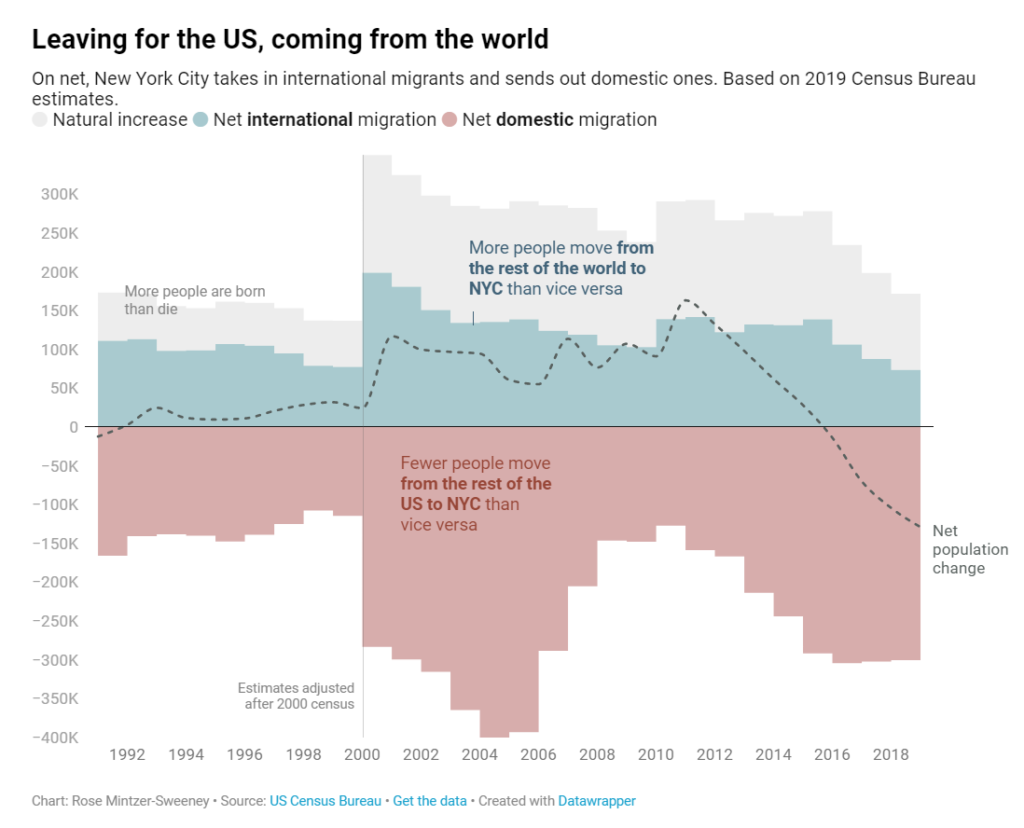Link: https://www.thewealthadvisor.com/article/bidens-tax-large-capital-gains-death-will-catch-few-annual-incomes-less-400000
Excerpt:
For a relatively small number of decedents, this plan could run headlong into Biden’s promise to not raise taxes on those with incomes below $400,000. Of course, the vast majority of decedents will have unrealized gains of far less than $1 million. Indeed, most will leave entire estates far below that threshold. Among people over 70, about 83 percent live in a household with total net worth of less than $1 million.
But some people with large unrealized gains will have been living on relatively low incomes. Imagine someone who is retired and living on Social Security, a modest pension, and some savings. But they still are holding that Microsoft stock they bought in 1987.
Author(s): Howard Gleckman
Publication Date: 31 May 2021
Publication Site: The Wealth Advisor

